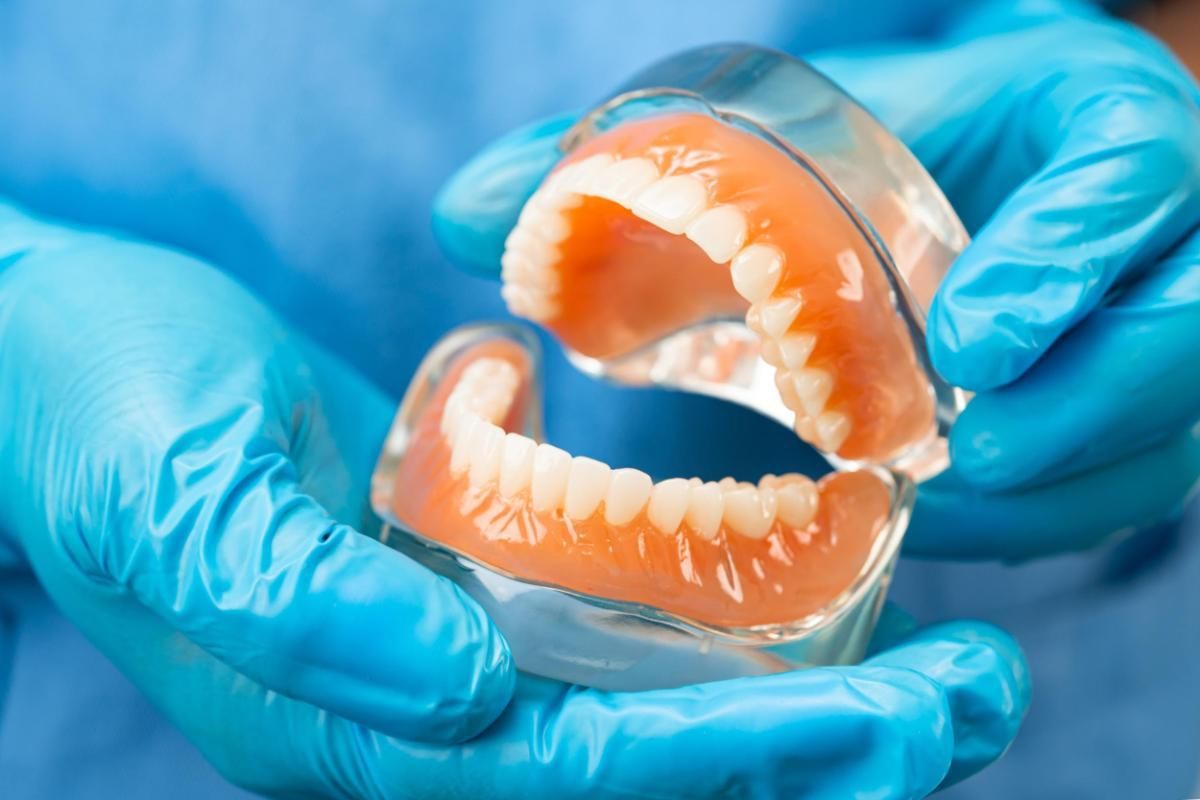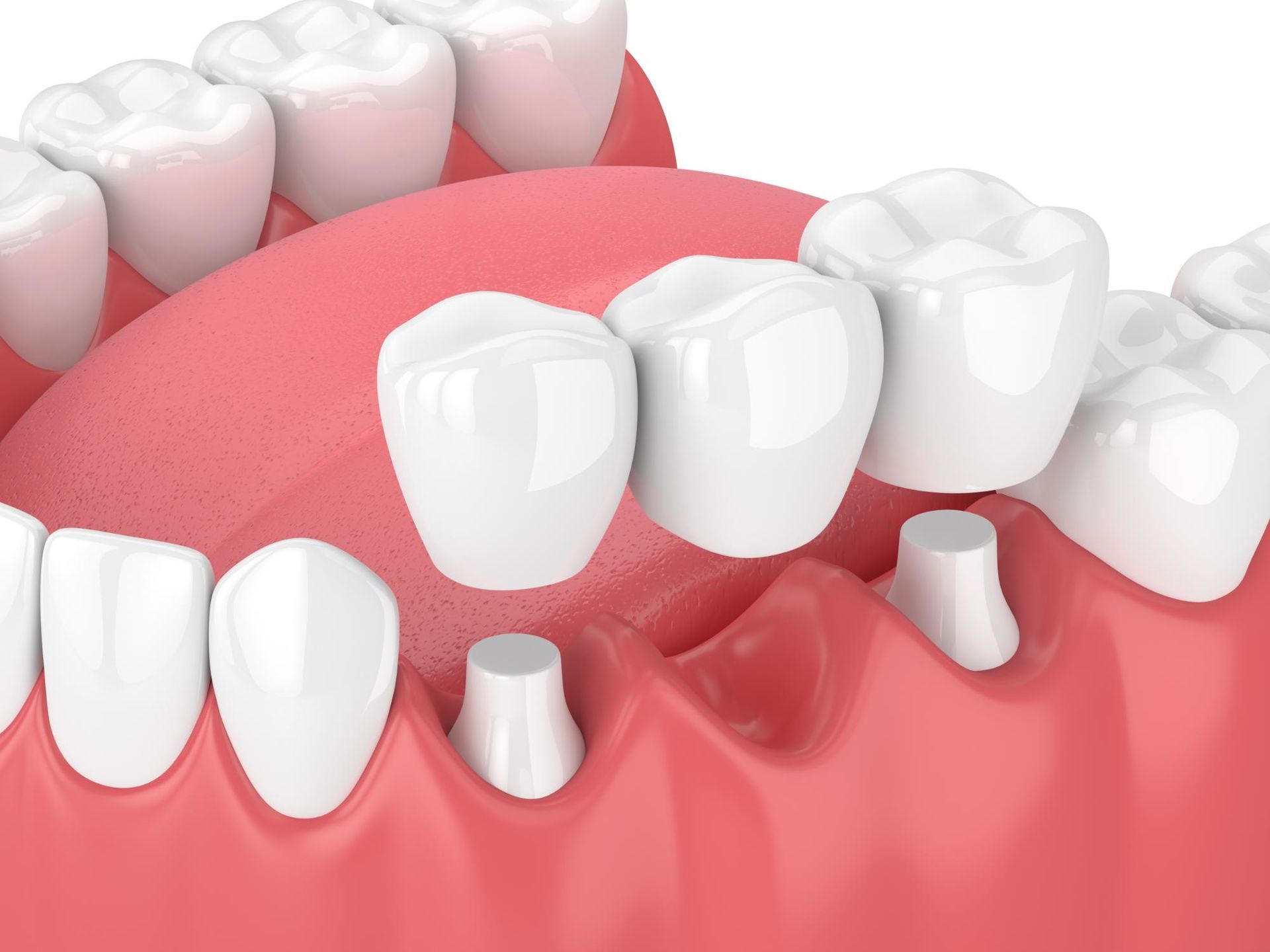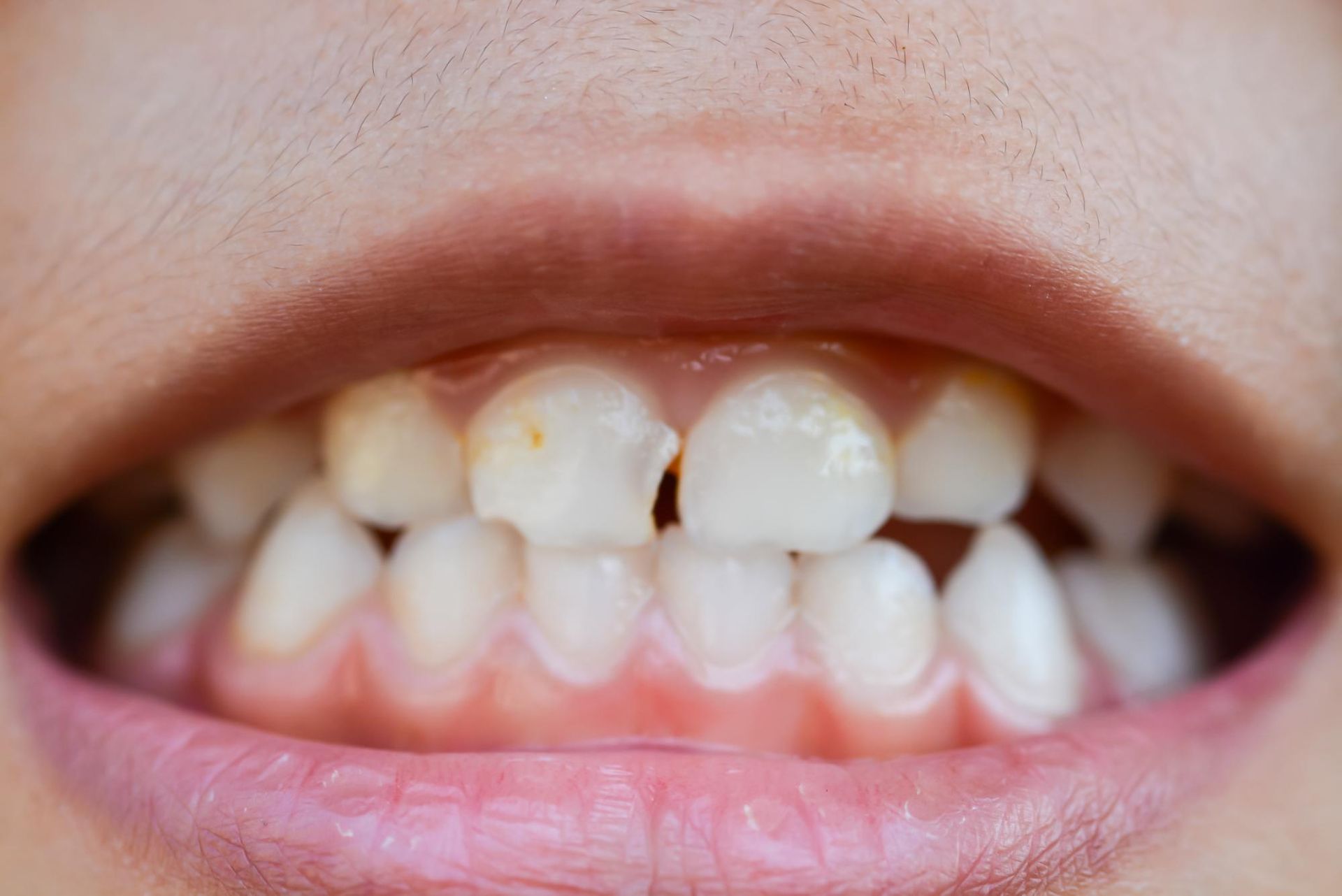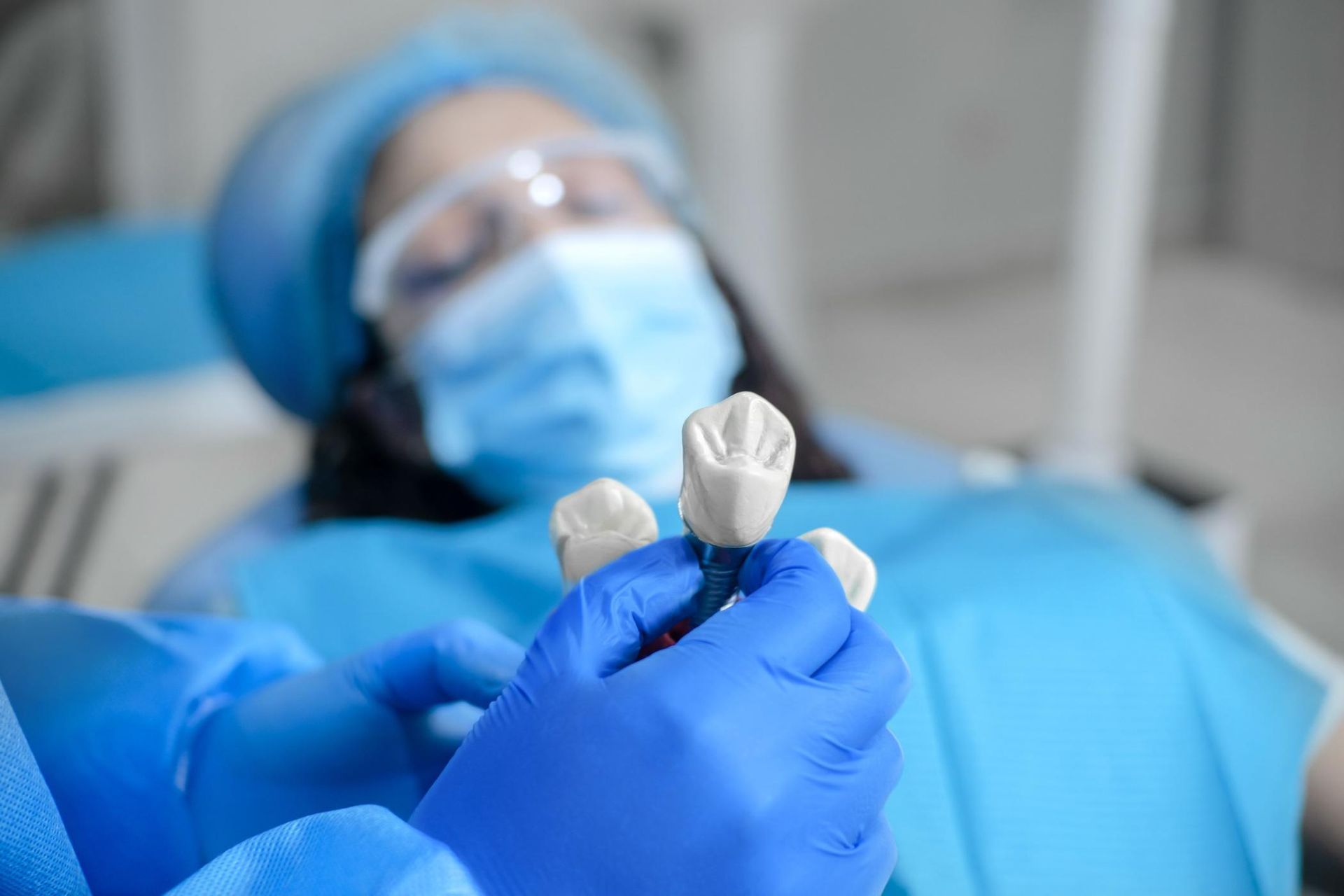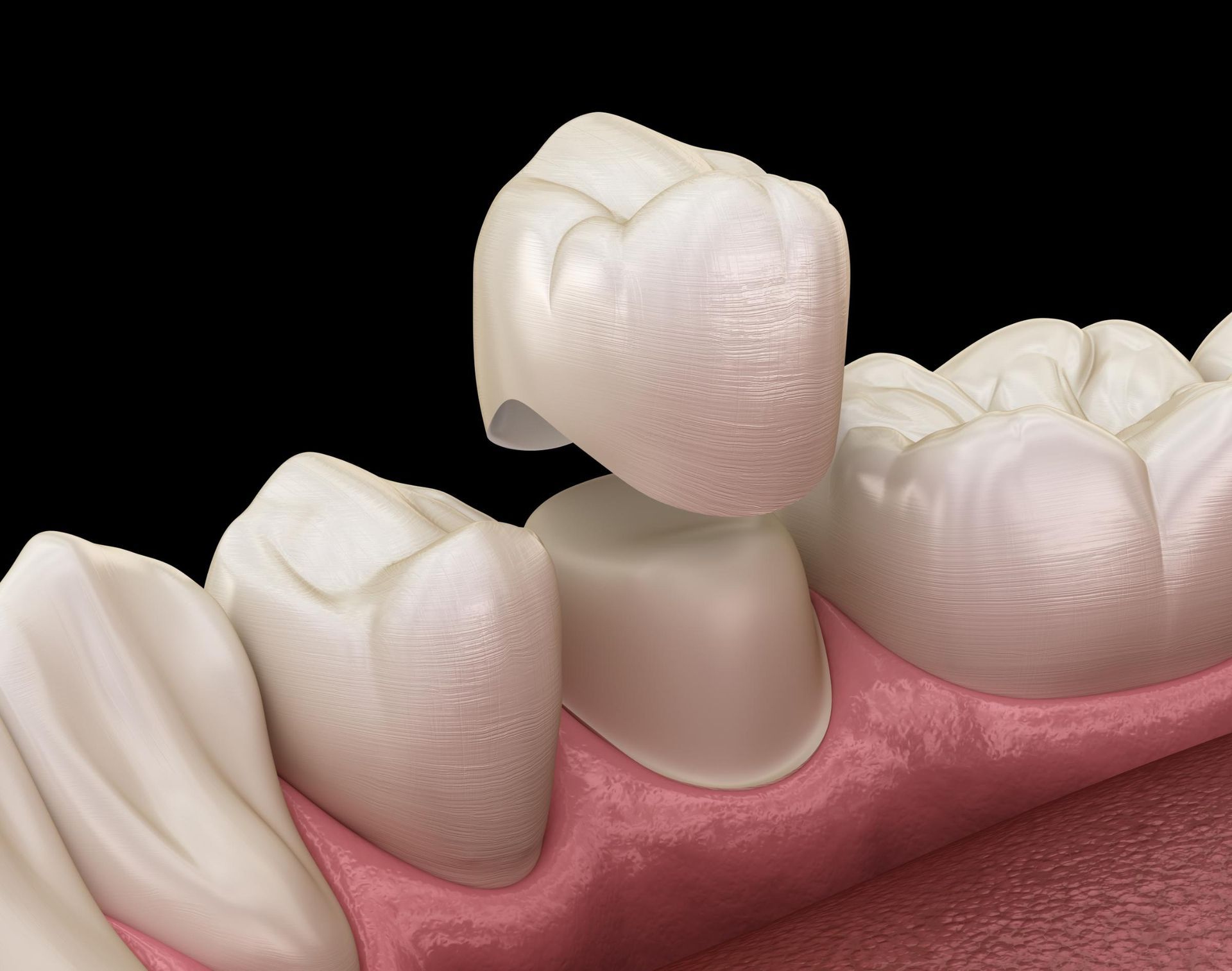Ask an Emergency Dentist: What Causes a Filling to Fall Out?

If you have an emergency, like a broken dental filling, an emergency dentist’s office should be your next stop. You may be surprised to find out that the cavity you filled recently has fallen apart and you cannot seem to wrap your head around it. The truth is, dental fillings are not permanent and there are a couple of reasons a dental filling might fall out.
Why Do Fillings Fall Out? Understanding the Process of Filling a Tooth
A healthy oral cavity is possible only if the teeth and gums are healthy and is primarily affected by a person’s oral care habits – brushing, flossing and regular visits to the dentist. Sometimes, regardless of the level of oral hygiene, cavities can occur due to bacterial plaques. Dentists restore the appearance and function of a decayed tooth by filling the cavity with dental fillings.
To fill the cavity, the dentist will first clean all the decay in the tooth. After removing the decay, the cavity will be cleaned before placing the filling material – usually composite resin. Improper bonding due to a chemical reaction can cause fillings to debond from teeth. After filling the tooth, it should function as it should. The new filling should last between five to fifteen years, depending on maintenance and level of oral care. Once the filling deteriorates, a replacement will be necessary to keep the tooth functional.
\

What is a Dental Filling?
A dental filling is a cornerstone of restorative dentistry, designed to repair teeth that have been compromised by decay, cracks, or fractures. When a tooth develops a cavity or sustains damage, a filling material is used to fill the void, restoring the tooth’s shape, function, and appearance. Dental fillings are not only effective in preventing further damage but also in alleviating any pain or discomfort associated with the compromised tooth. By opting for a dental filling, you can ensure that your tooth remains functional and aesthetically pleasing.
Why Do Teeth Need Fillings?
Teeth often require fillings due to damage caused by tooth decay, cracks, or fractures. Tooth decay is a common culprit, occurring when bacteria in the mouth produce acids that erode the enamel, leading to cavities. If left untreated, this decay can progress, causing significant damage to the tooth structure. Fillings are essential in repairing the tooth and halting further decay. Additionally, teeth may need fillings if they have been cracked or fractured, which can result from teeth grinding, biting or chewing hard objects, or other forms of trauma. By addressing these issues promptly with a filling, you can prevent more severe dental problems down the line.
Types of Dental Fillings
There are several types of dental fillings available, each with its own set of advantages and disadvantages. The most common types include:
- Amalgam Fillings: Made from a mixture of mercury, silver, and tin, these fillings are known for their durability and strength.
- Composite Fillings: Composed of a tooth-colored plastic material, these fillings blend seamlessly with natural teeth, making them a popular choice for visible areas.
- Gold Fillings: Crafted from gold alloy, these fillings are highly durable and can last for many years, though they are more expensive.
- Ceramic Fillings: Made from ceramic materials, these fillings are also tooth-colored and offer good durability and aesthetics.
- Glass Ionomer Fillings: Created from a mixture of glass and plastic polymers, these fillings release fluoride, which can help protect the tooth from further decay.
Why a tooth filling fell out
The following are some of the causes of broken dental fillings:
A filling fell out due to various reasons such as poor oral hygiene or stress from hard chewing. It's important to understand the causes of a lost filling and seek professional help promptly.
The implications and potential consequences of a tooth filling falling out can be significant. When a tooth filling falls out, it can lead to pain and increased risk of tooth decay. Even if a tooth filling fell out without causing pain, it necessitates a timely replacement to avoid further dental complications.
Seal failure in dental fillings
The seal used to hold tooth fillings to the tooth enamel may weaken over time, leaving the tooth vulnerable to invasion by bacterial plaque and food debris. Old fillings tend to fall out on their own. Also, if the cavity was not cleaned properly and prepared before placing the dental filling, it may lead to further decay and eventual infection of the tooth pulp. If infection sets in, patients may develop an abscessed tooth – a severe infection of the gum and tooth – which may cause the dental filling to fall out, and ultimately, lose the tooth.
Severe tooth decay
A tooth that has been filled is still vulnerable to cavities. As the decay worsens, more of the tooth's structure is lost, and it may be unable to support a new filling. Applying filling on a severely-decayed tooth is not advisable since the filling will eventually break under pressure. In this case, the patient will need a crown from the emergency dentist to hold the tooth together.
Pressure on tooth filling
Undue pressure on a dental filling, from chewing hard foods or teeth grinding and clenching, can cause it to break or fall out. If it is painless, the patient may not notice tooth breakage, aside from the filling material dropping into their mouth. It is important to visit the emergency dentist immediately for treatment.
Tooth Filling Materials and Durability
The longevity of a tooth filling largely depends on the type of material used. Amalgam fillings are renowned for their durability, often lasting between 10 to 15 years. Composite fillings, while aesthetically pleasing, may need to be replaced every 5 to 10 years. Gold fillings are the most durable, with a lifespan of 20 to 30 years. Ceramic fillings can last anywhere from 10 to 20 years, and glass ionomer fillings typically last between 5 to 10 years. Understanding the durability of each material can help you make an informed decision about which type of filling is best for your needs.
Preventing and Replacing Dental Fillings
To prevent dental fillings from falling out, it’s crucial to maintain good oral hygiene practices. This includes brushing and flossing regularly and visiting the dentist regularly for check-ups and cleanings. Avoiding harmful habits such as teeth grinding, biting or chewing hard objects, and clenching teeth can also help prevent fillings from falling out. If a filling does fall out, it’s essential to replace it as soon as possible to prevent further damage to the tooth. Prompt replacement can help maintain the tooth’s integrity and prevent complications.
Replacing a Fallen Filling
Replacing a fallen filling is a straightforward process that can typically be completed in a single visit to the dental office. The dentist will first examine the tooth to assess the extent of the damage. Once the tooth is prepared, the new filling material is placed, restoring the tooth to its original shape and function. In some cases, if the tooth has sustained significant damage, a crown may be necessary to provide additional support and protection. By addressing a missing filling promptly, you can ensure your oral health remains in top condition.
In conclusion
Dental fillings are bound to deteriorate with time. To elongate their lifespan, take good care of your teeth and visit the dentist regularly for a checkup. If the dental filling falls out, contact the emergency dentist for help immediately. They will recommend the appropriate treatment to restore your teeth.
Request an appointment here: https://www.casasadobesdentistry.com or call Casas Adobes Dentistry at (520) 492-1602 for an appointment in our Tucson office.




